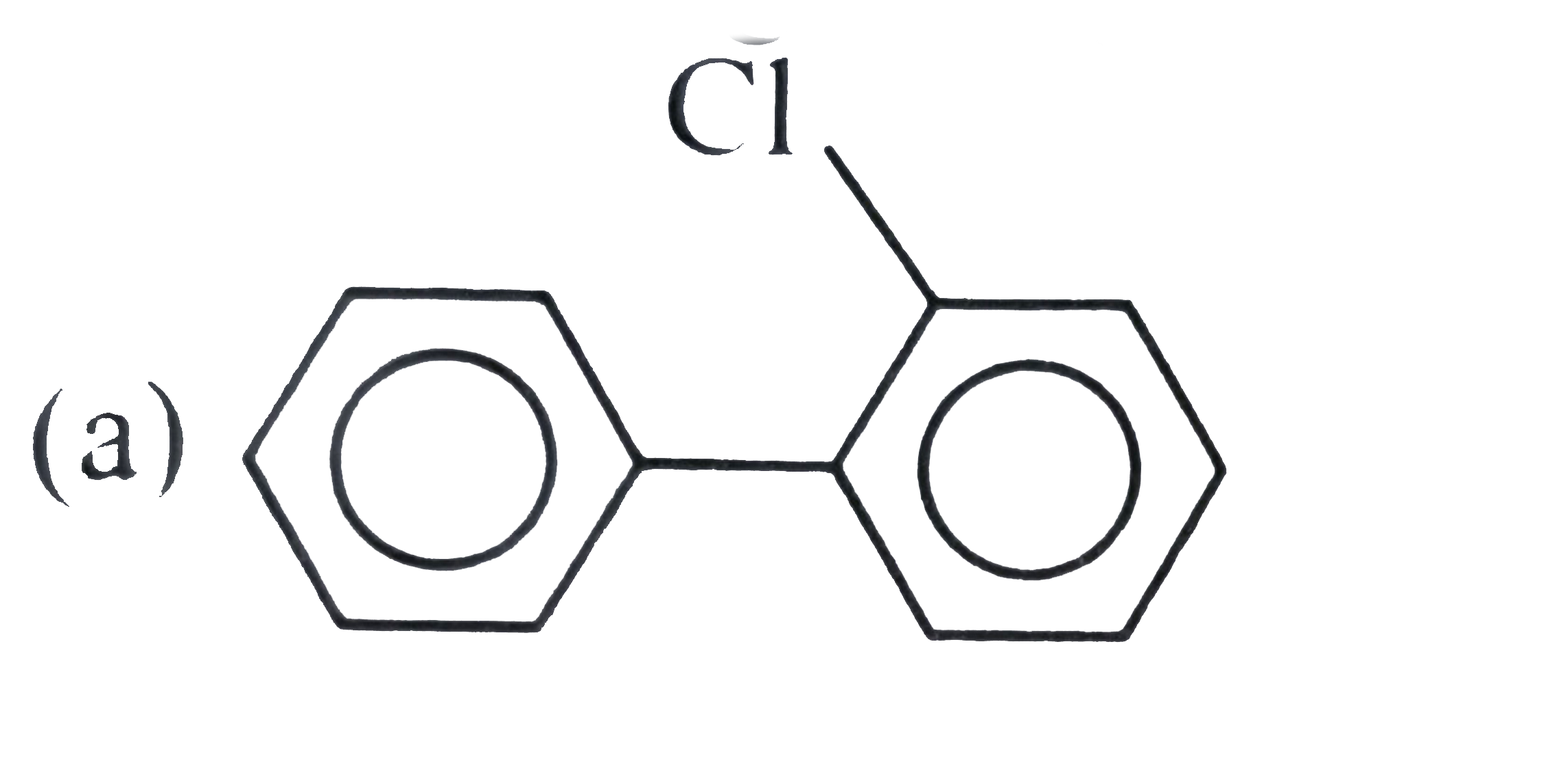The reaction of an ester RCOOR' with an alcohol R'OH in the presence of an acid gives
ROOCH
R'COOH
R"COOR
RCOOR"
The correct Answer is:D
To solve the question regarding the reaction of an ester RCOOR′ with an alcohol R′OH in the presence of an acid, we can follow these steps:
1. Identify the Reactants:
We have an ester RCOOR′ and an alcohol R′OH.
2. Understand the Role of Acid:
The presence of acid (like concentrated H2SO4) acts as a catalyst in this reaction. It helps in protonating the ester, making it more electrophilic.
3. Nucleophilic Attack:
The alcohol R′OH acts as a nucleophile. The oxygen atom in the alcohol has a lone pair of electrons and can attack the carbonyl carbon of the ester RCOOR′. This carbon is partially positive due to the electronegative oxygen atom in the carbonyl group.
4. Formation of Tetrahedral Intermediate:
Upon the nucleophilic attack, a tetrahedral intermediate is formed. This intermediate has the structure RCOO−R′OH+2.
5. Elimination of Alcohol:
The tetrahedral intermediate will then collapse, leading to the elimination of one of the alkoxy groups (the R′ from the ester). This results in the formation of a new ester.
6. Final Product:
The final product of this reaction will be a new ester RCOOR′′, where R′′ is the alkyl group from the alcohol that attacked the ester.
7. Name of the Reaction:
This reaction is specifically called transesterification, where one ester is converted into another ester by exchanging the alkoxy group.
Final Answer:
The reaction of an ester RCOOR′ with an alcohol R′OH in the presence of an acid gives a new ester RCOOR′′ (where R′′ is the alkyl group from the alcohol), and this process is known as transesterification.
We have an ester RCOOR′ and an alcohol R′OH.
The presence of acid (like concentrated H2SO4) acts as a catalyst in this reaction. It helps in protonating the ester, making it more electrophilic.
The alcohol R′OH acts as a nucleophile. The oxygen atom in the alcohol has a lone pair of electrons and can attack the carbonyl carbon of the ester RCOOR′. This carbon is partially positive due to the electronegative oxygen atom in the carbonyl group.
Upon the nucleophilic attack, a tetrahedral intermediate is formed. This intermediate has the structure RCOO−R′OH+2.
The tetrahedral intermediate will then collapse, leading to the elimination of one of the alkoxy groups (the R′ from the ester). This results in the formation of a new ester.
The final product of this reaction will be a new ester RCOOR′′, where R′′ is the alkyl group from the alcohol that attacked the ester.
This reaction is specifically called transesterification, where one ester is converted into another ester by exchanging the alkoxy group.
The reaction of an ester RCOOR′ with an alcohol R′OH in the presence of an acid gives a new ester RCOOR′′ (where R′′ is the alkyl group from the alcohol), and this process is known as transesterification.
Topper's Solved these Questions
- CARBOXYLIC ACID AND THEIR DERIVATIVESBOOK - ERRORLESS CHAPTER - CARBOXYLIC ACID AND THEIR DERIVATIVESEXERCISE - Ordinary Thinking Objective Questions (Uses of Carboxylic Acids and Their Derivatives)
6 Videos
- CARBOXYLIC ACID AND THEIR DERIVATIVESBOOK - ERRORLESS CHAPTER - CARBOXYLIC ACID AND THEIR DERIVATIVESEXERCISE - Critical Thinking Objective Question
9 Videos
- CARBOXYLIC ACID AND THEIR DERIVATIVESBOOK - ERRORLESS CHAPTER - CARBOXYLIC ACID AND THEIR DERIVATIVESEXERCISE - Ordinary Thinking Objective Questions (Preparation of Carboxylic and Their Derivatives)
46 Videos
- BIOMOLECULES AND POLYMERBOOK - ERRORLESS CHAPTER - BIOMOLECULES AND POLYMEREXERCISE - Jee section (Jee (Advanced 2018)) (More than one choice correct answer)
1 Videos
- CHEMICAL BONDING BOOK - ERRORLESS CHAPTER - CHEMICAL BONDING EXERCISE - JEE Section (Jee (advanced ) 2018)
1 Videos
Similar Questions
A compound X is formed by the reaction of a carboxylic acid C2H4O2 and an alcohol in the presence of a few drops of H2SO4 .The alcohol on oxidation with alkaline KMnO4 followed by acidification gives the same carboxylic acid as used in this reaction .Give the names and structures of :
Alcohol
View SolutionAssertion (A): In esterification, carboxylic acid and alcohol reacts in the presence of acid to give ester.
Reason (R) : Esterification is the reverse of saponification.
View Solution
Knowledge Check
Which of the following carboxylic acid ismost reluctant to form ester with a given alcohol in the presence of a catalytic amount of concentrated H2SO4 ?
A B
B C
C D
D
The reaction of biphenyl with HOCI in the presence of a strong acid gives (majore)
A B
B C
C D
D
The reaction of alcohol with acid chloride is carried out in the presence of a pyridine in order to
Aneutralise HCI which is formed during the reactionBshift the equilibrium to right hand sideCBoth (1) and (2)DNone of the above
The chemical reaction of esters with another alcohol in excess is called
View SolutionThe reaction of biphenyl with HOCl in the presence of a strong acid gives
View SolutionThe first step in the formation of ester from an alcohol and a carboxylic acid in the presence of conc. H2SO4 , is
View SolutionBenzene diazonium chloride on reaction with aniline in the presence of dilute hydrochloric acid gives :
View SolutionA fatty acid reacts with an alcohol in the presence of concentrated H2SO4 to give
View Solution
